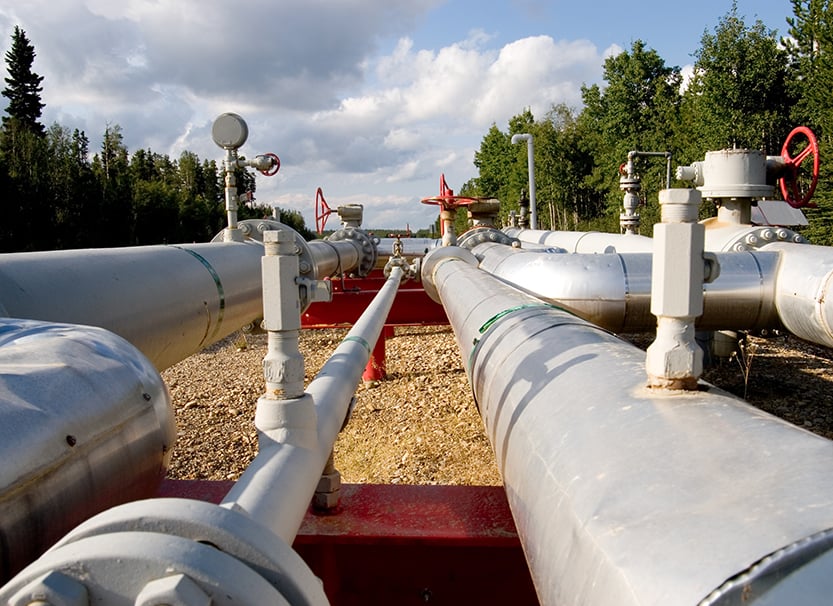
U.S. EPA Removes Regulatory Affirmative Defense Provision Against Alleged Violations of Oil and Gas Facility NESHAPs

On October 22, 2024, the U.S. Environmental Protection Agency (EPA) published a final rule removing an affirmative defense from Clean Air Act (CAA) National Emission Standards for Hazardous Air Pollutants (NESHAP) regulations for the Oil and Natural Gas Production Facility and Natural Gas Transmission and Storage Facility Source Categories (Final Rule).[1] Prior to the Final Rule, owners or operators could assert an affirmative defense that alleged NESHAP standard violations were caused by an equipment malfunction.[2] A “malfunction” is defined as any sudden, infrequent, and not reasonably preventable failure of air pollution control and monitoring equipment, process equipment, or a process to operate in a normal or usual manner.[3]
The affirmative defense required owners or operators to demonstrate by the preponderance of evidence that they met several conditions to limit emissions including, but not limited to, making expeditious repairs; mitigated the emissions to the maximum extent possible; and prepared a written root cause analysis of the alleged violation.[4]
To justify the change, EPA’s Final Rule cited a 2014 opinion, NDRC v. EPA, 749 F.3d 1055 (D.C. Cir. 2014). In that ruling, the D.C. Circuit vacated a similar affirmative defense provision for Portland Cement kilns that defendants had asserted as an affirmative defense to civil penalty claims in citizen suits brought under Section 304(a) of the CAA. The court held that the Portland Cement affirmative defense provision unlawfully limited courts’ authority to determine what civil penalties are appropriate in citizens suits.[5]
According to EPA, the Final Rule now aligns the NESHAP for the Oil and Natural Gas Production Facility and Natural Gas Transmission and Storage Facility Source categories with the D.C. Circuit’s ruling in NDRC v. EPA — and even goes a step farther by removing the right to invoke a malfunction as an affirmative defense in any enforcement action, including EPA administrative proceedings that are not heard in federal court. As a result, with the advent of the Final Rule, owners and operators of affected source categories cannot invoke a malfunction as a complete defense to a civil penalty claim for otherwise unavoidable exceedances of the NESHAPs and instead must rely primarily on the factors found in Section 113(e). An owner/operator should not, however, be foreclosed from arguing that the malfunction is a factor the court or administrative law judge should consider in assessing a civil penalty.[6]
[1] The Federal Register publication for the Final Rule specifically notes the following as impacted source categories: (1) crude petroleum and natural gas extraction, (2) natural gas liquid extraction, (3) natural gas distribution, (4) pipeline distribution of crude oil, and (5) pipeline transportation of natural gas.
[2] 40 C.F.R. § 63.762(d) (2012).
[3] Id. § 63.2.
[4] Id. § 63.762(d) (2012).
[5] 749 F. 3d at 1063.
[6] The statutory factors for penalty assessment under CAA Section 113(e) are, “(in addition to such other factors as justice may require)[,] the size of the business, the economic impact of the penalty on the business, the violator’s full compliance history and good faith efforts to comply, the duration of the violation as established by any credible evidence (including evidence other than the applicable test method), payment by the violator of penalties previously assessed for the same violation, the economic benefit of noncompliance, and the seriousness of the violation.” 42 U.S.C. § 7412(e).
This post is as of the posting date stated above. Sidley Austin LLP assumes no duty to update this post or post about any subsequent developments having a bearing on this post.


